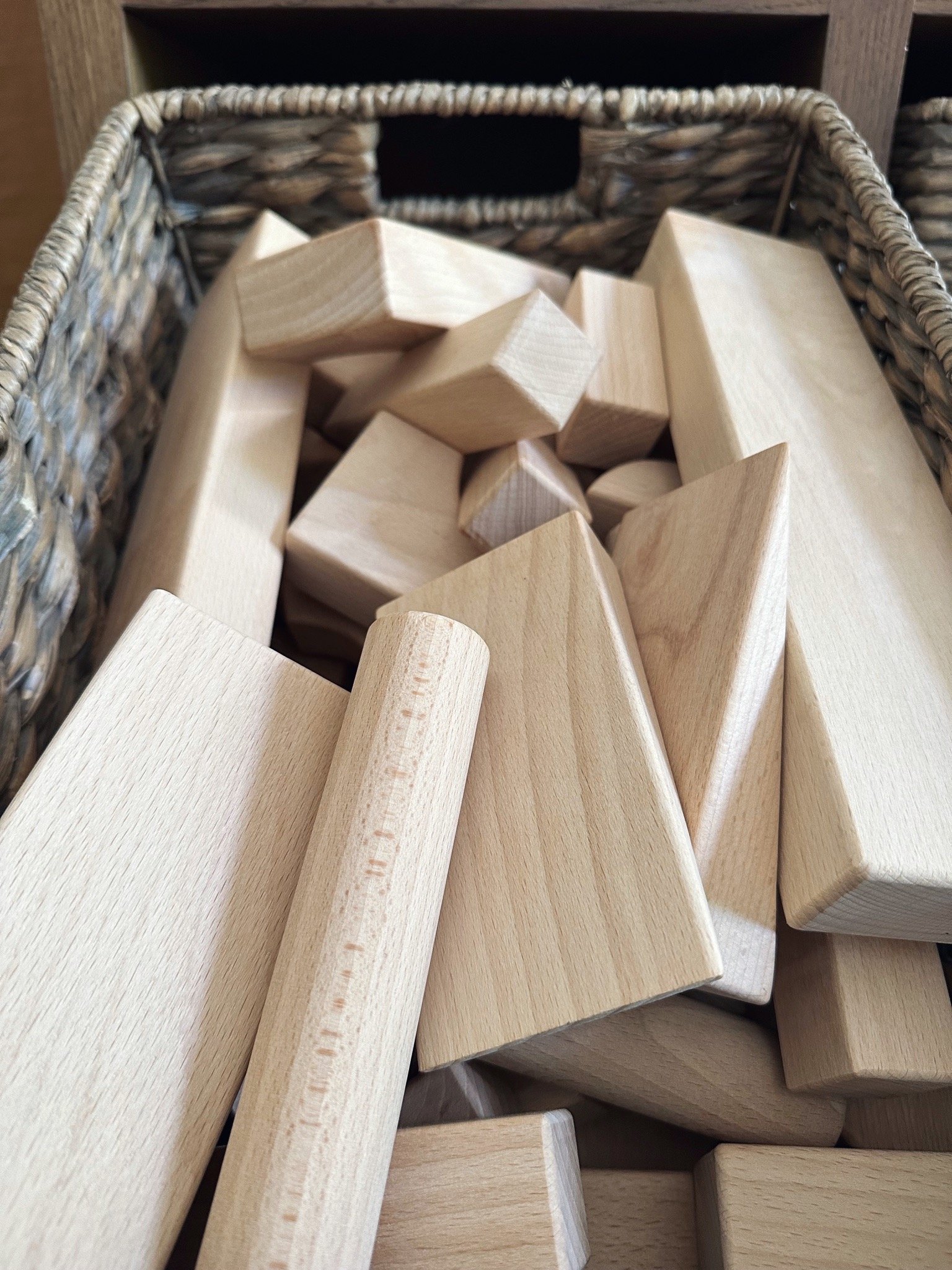Toy Rotation 101
Toy Rotation is the practice of having only a few toys from each toy category accessible to children at one time. The rest are kept in storage then swapped in when the kids become uninterested in the available materials.
EASY BREEZY
Some parents and educators have developed very meticulous systems of recording engagement with toys and rotating materials, power to ya! If that sounds like a chore, we’re here to give you permission to make the process more casual. Odds are you can see, with your eyeballs, when your kids haven’t touched a toy in a while. Once you notice this, just go ahead and tuck it away, then pull something new out that targets the same skills and facilitates similar play, e.g. train tracks and Dinotrux.
STAPLES
If there are things your children play with every day, there’s no need to put them away for the sake of toy rotation. We’ve always found that when Magna-Tiles and Legos are consistently available, they’re used every day. You might have an equivalent in your playroom!
CATEGORIES
Some types of play categories you might group your toys into include…
Building (Legos, Magna-Tiles, Bristle Blocks, etc.)
Puzzles & Games
Dramatic Play (kitchen, baby dolls, dress-ups)
Books
Instruments
Dolls & Stuffed Animals (animal figures, figurines, barbies)
Fine Motor (threading, tweezers, sorting, cutting)
Gross Motor (Nugget, balance beam, Pikler + attachments)
PARTING WORDS
We ~totally~ recognize that to be able to toy rotate you need A) a surplus of toys and B) storage space, and honestly, neither of those are necessary for your child to engage in meaningful play. If you find that you have more toys than your children are interested in using, go ahead and donate or hand them down to a friend. Then be thoughtful about your future purchases!




